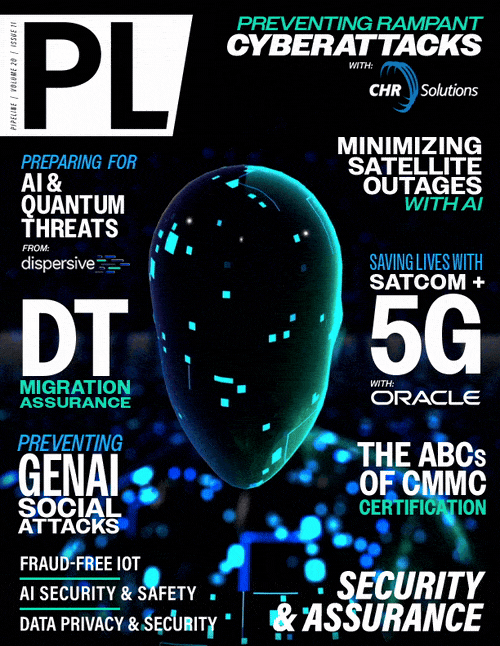News Center
New IBM Processor Incorporates Innovations to Accelerate AINew IBM Processor Innovations To Accelerate AI on Next-Generation IBM Z Mainframe Systems
IBM announced architecture details for the upcoming IBM Telum II Processor and IBM Spyre Accelerator at Hot Chips 2024. The new technologies are designed to significantly scale processing capacity across next generation IBM Z mainframe systems helping accelerate the use of traditional AI models and Large Language AI models in tandem through a new ensemble method of AI. With many generative AI projects leveraging Large Language Models moving from proof-of-concept to production, the demands for power-efficient, secured and scalable solutions have emerged as key priorities. Morgan Stanley research published in August projects generative AI's power demands will skyrocket 75% annually over the next several years, putting it on track to consume as much energy in 2026 as Spain did in 2022.1 Many IBM clients indicate architectural decisions to support appropriately sized foundation models and hybrid-by-design approaches for AI workloads are increasingly important. The key innovations unveiled today include:
"Our robust, multi-generation roadmap positions us to remain ahead of the curve on technology trends, including escalating demands of AI," said Tina Tarquinio, VP, Product Management, IBM Z and LinuxONE. "The Telum II Processor and Spyre Accelerator are designed to deliver high-performance, secured, and more power efficient enterprise computing solutions. After years in development, these innovations will be introduced in our next generation IBM Z platform so clients can leverage LLMs and generative AI at scale." The Telum II processor and the IBM Spyre Accelerator will be manufactured by IBM's long-standing fabrication partner, Samsung Foundry, and built on its high performance, power efficient 5nm process node. Working in concert, they will support a range of advanced AI-driven use cases designed to unlock business value and create new competitive advantages. With ensemble methods of AI, clients can achieve faster, more accurate results on their predictions. The combined processing power announced today will provide an on ramp for the application of generative AI use cases. Some examples could include:
Specifications and Performance Metrics: Telum II processor: Featuring eight high-performance cores running at 5.5GHz, with 36MB L2 cache per core and a 40% increase in on-chip cache capacity for a total of 360MB. The virtual level-4 cache of 2.88GB per processor drawer provides a 40% increase over the previous generation. The integrated AI accelerator allows for low-latency, high-throughput in-transaction AI inferencing, for example enhancing fraud detection during financial transactions, and provides a fourfold increase in compute capacity per chip over the previous generation. The new I/O Acceleration Unit DPU is integrated into the Telum II chip. It is designed to improve data handling with a 50% increased I/O density. This advancement enhances the overall efficiency and scalability of IBM Z, making it well suited to handle the large-scale AI workloads and data-intensive applications of today's businesses. Spyre Accelerator: A purpose-built enterprise-grade accelerator offering scalable capabilities for complex AI models and generative AI use cases is being showcased. It features up to 1TB of memory, built to work in tandem across the eight cards of a regular IO drawer, to support AI model workloads across the mainframe while designed to consume no more than 75W per card. Each chip will have 32 compute cores supporting int4, int8, fp8, and fp16 datatypes for both low-latency and high-throughput AI applications. Source: IBM media announcement | |

















